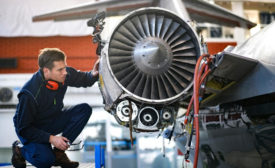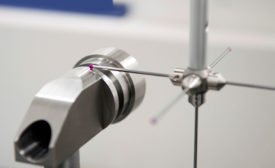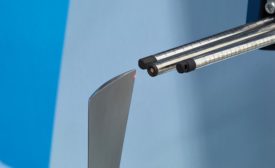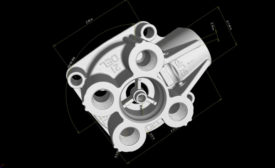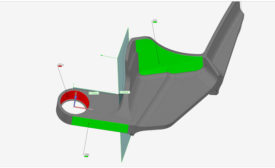Home » First Article Inspection
Articles Tagged with ''First Article Inspection''
By auto ballooning various model types, companies can complete forms faster.
Read More
Error-Proof Your Inspection Reporting
How to quickly solve your missed requirements, out of tolerance and out of FAI compliance issues.
May 1, 2020
Evolving Quality Processes Propel Growth
All inspectors are initially trained in first article inspection and then on assembly, sheet metal, and CMM inspection.
April 8, 2020
Better Inspection Reporting
Automatically create inspection reporting for any industry.
April 2, 2020
At the Corner of Digital Twin and Perfect Part
Consider driving production with the shortest possible cycle time.
February 1, 2020
How to Create an AS9102 First Article Inspection Report
Despite the name, the inspected article may not necessarily be the “first” produced, but a sample from the first production run provided to the customer.
Read More
Vision System Assures Glass Act at California Shop
With the vision system in place, PG&O has substantially ramped up its inspection productivity.
April 30, 2018
Redefining Aerospace Inspection with CT
While many NDT methods are available, industrial computed tomography is redefining the limits of inspection.
October 17, 2017
First Article Inspection with 3D Scanning
A growing number of companies are including this technology in their first article inspection procedures.
April 1, 2017
Stay in the know with Quality’s comprehensive coverage of
the manufacturing and metrology industries.
eNewsletter | Website | eMagazine
JOIN TODAY!Copyright ©2024. All Rights Reserved BNP Media.
Design, CMS, Hosting & Web Development :: ePublishing
